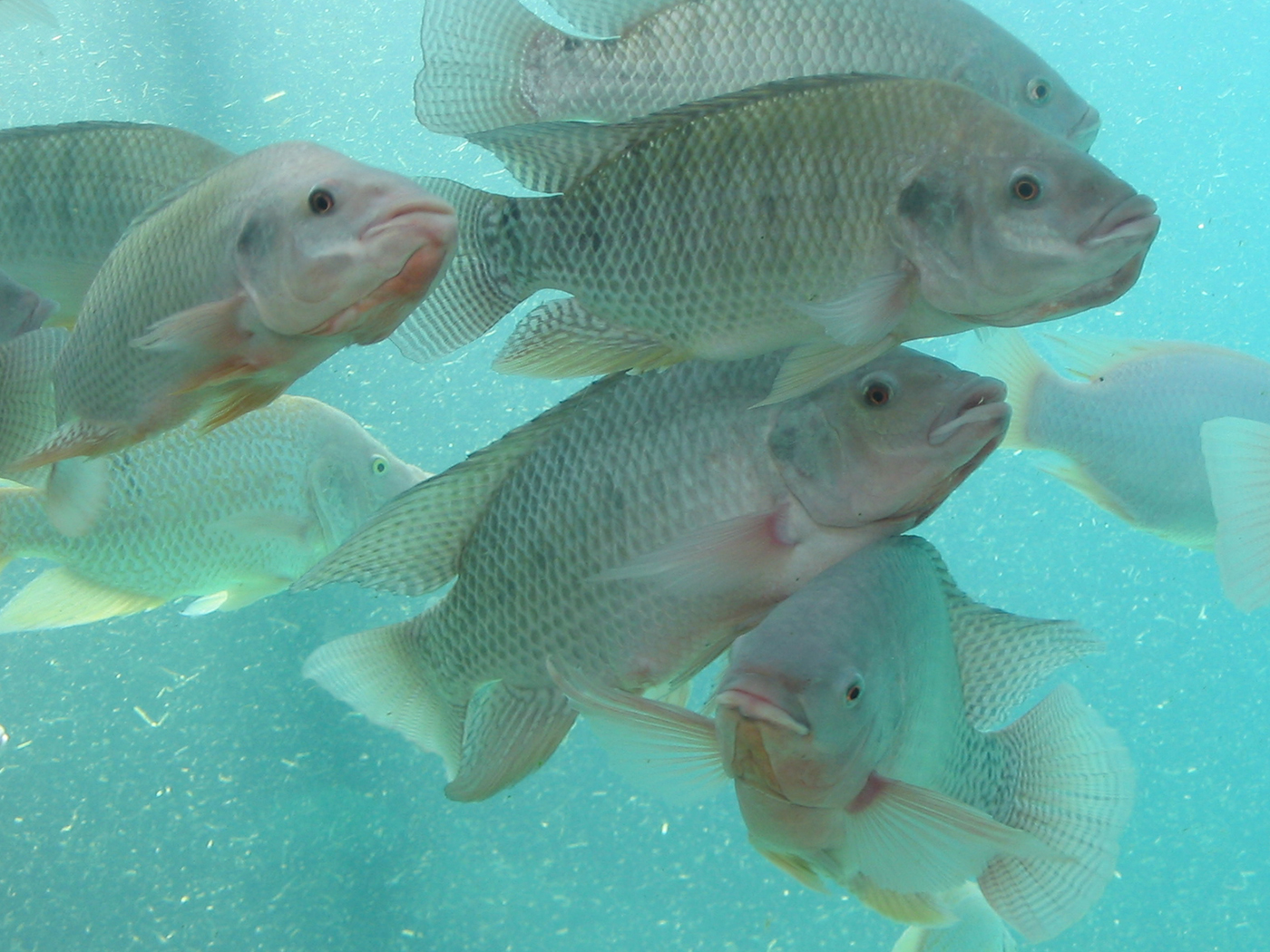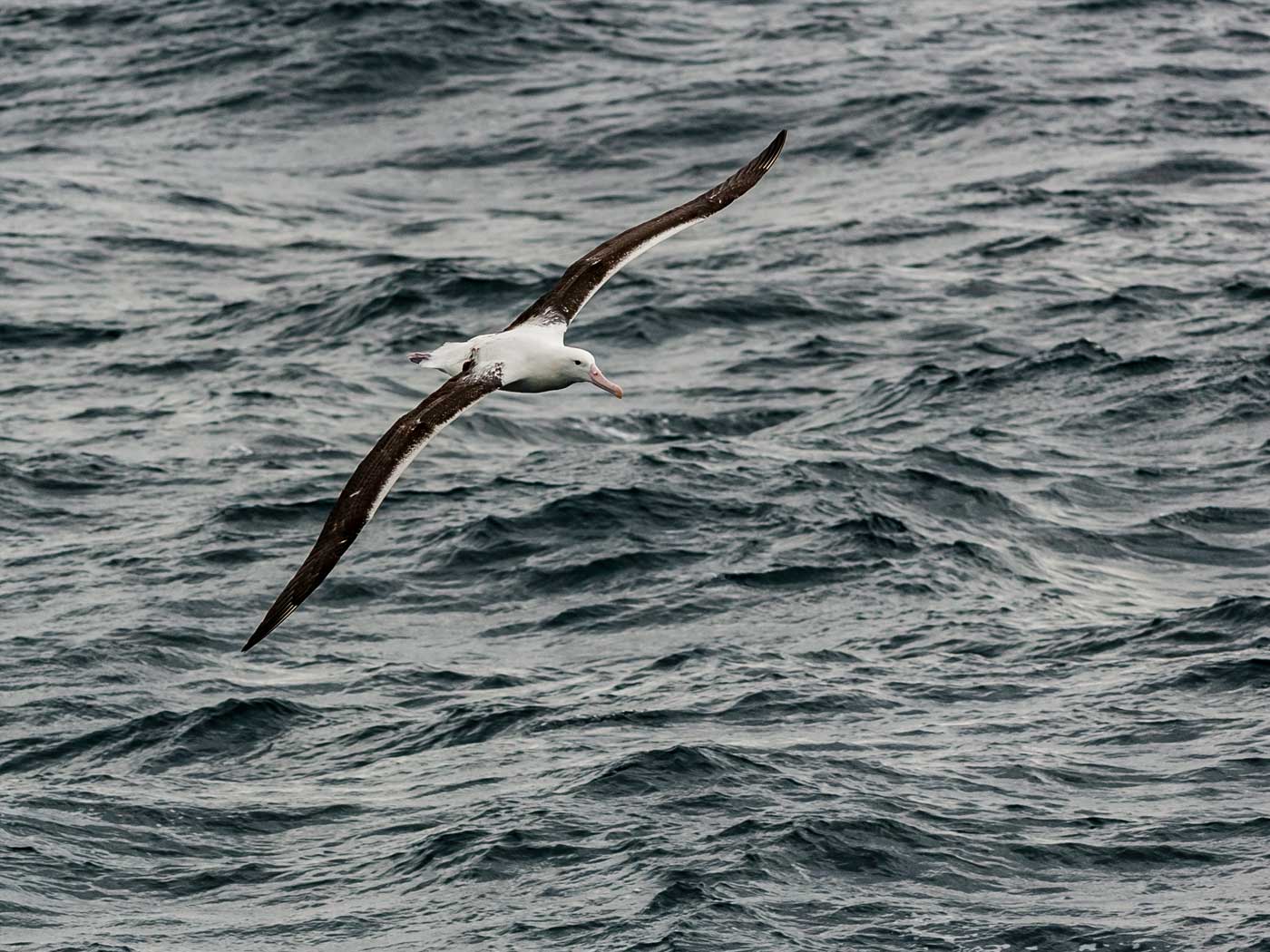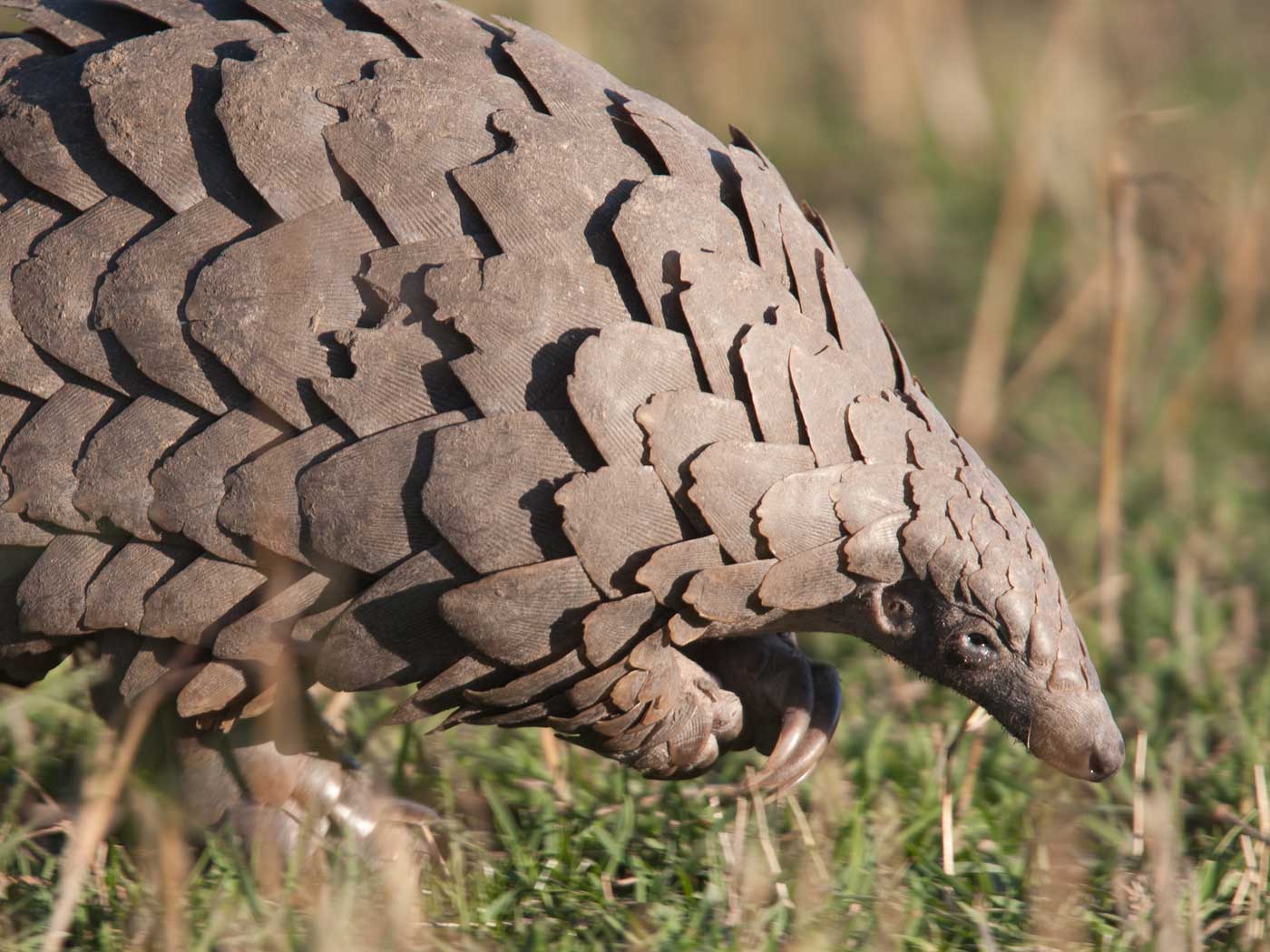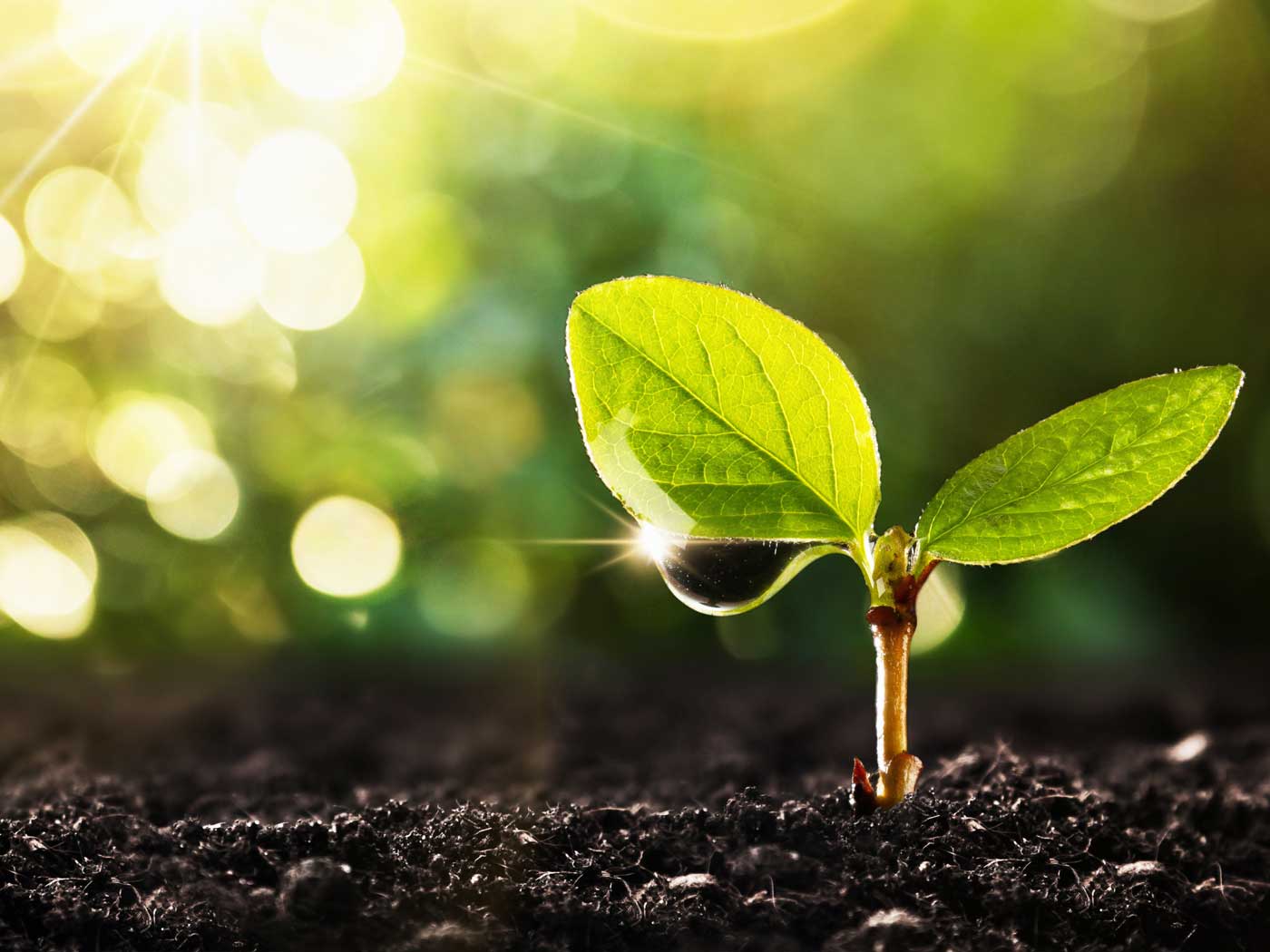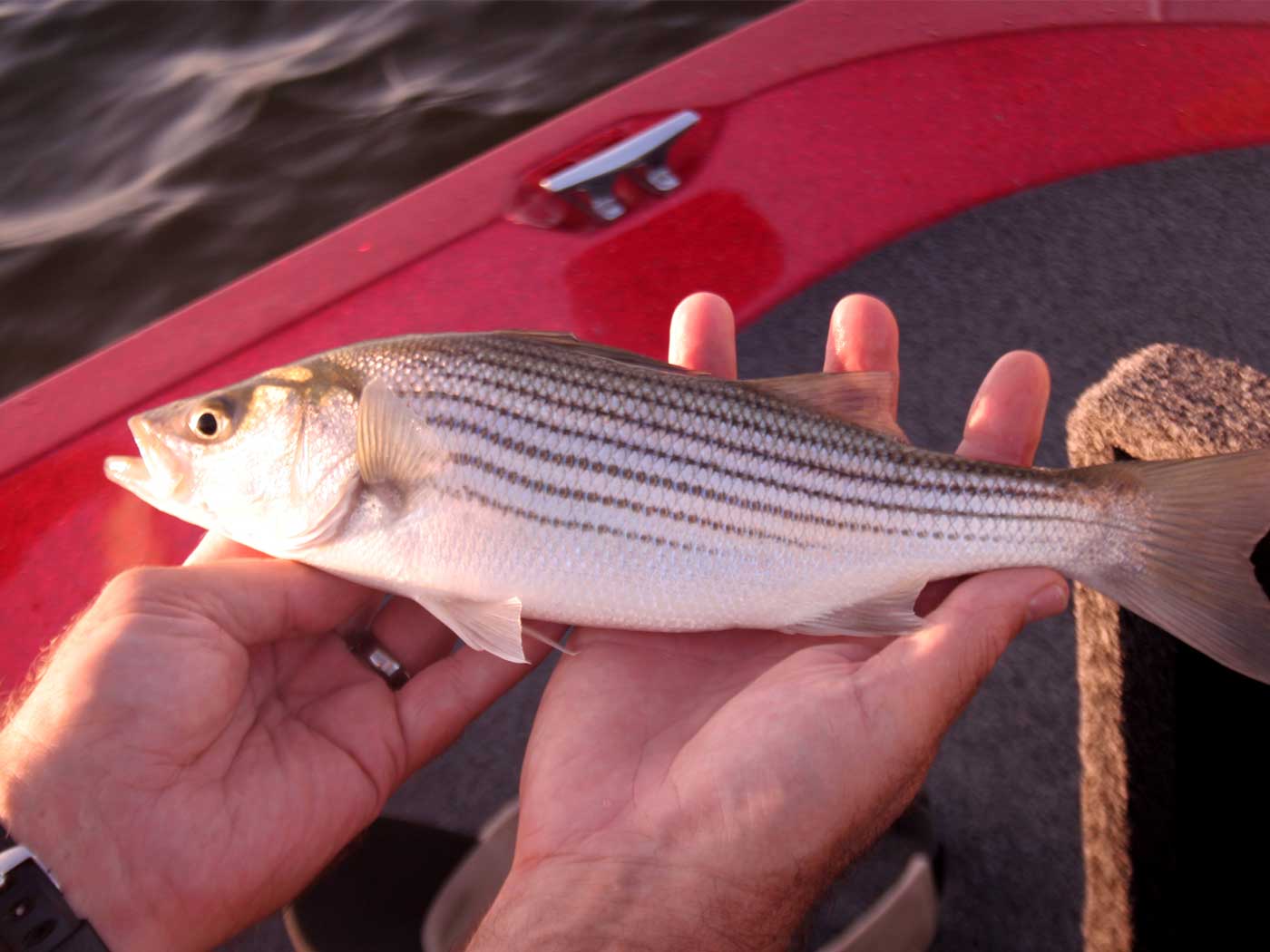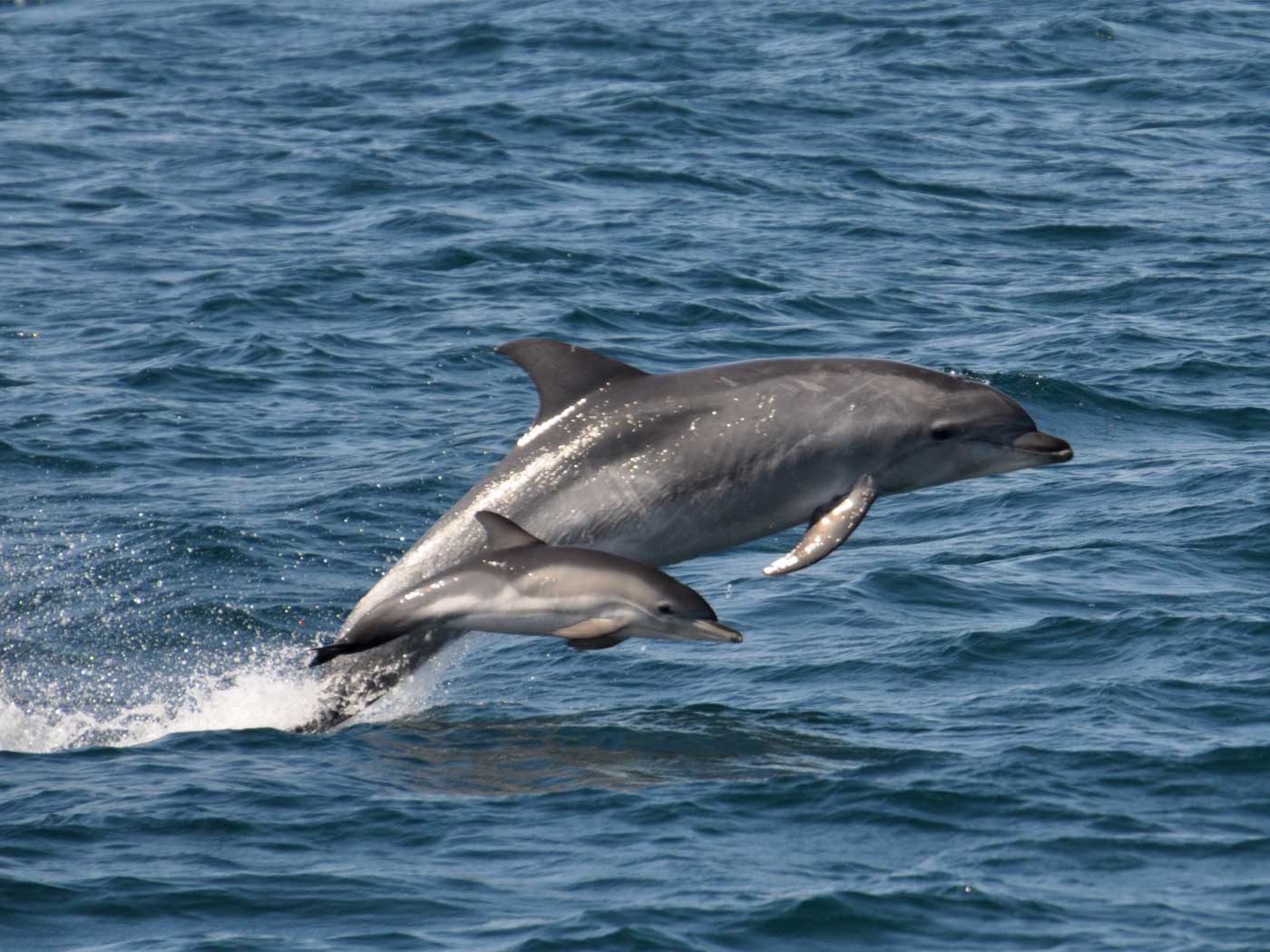Sever an arm from an octopus, and like an underwater zombie it’ll keep groping its surroundings. Even without a brain, its suckers still detect and grab crabs in lab experiments. Now Harvard researchers have begun discovering what makes octopus suckers so smart.
The team led by molecular biologist Nicholas Bellono found special sensory cells on each sucker’s skin surface.1 One type of sensor houses mechanoreceptors with the same basic structure as those found in fruit fly feet. Another type of sensor turned out to offer taste-like senses that are quite unique to octopuses. Yes, the octopus can taste with its tentacles.
Publishing in the journal Cell, the team called these octopus-specific skin sensors chemotactile receptors, or “CRs.”2 They put these cells and their receptor molecules through a battery of tests to figure out how they work. Not only do they work very well as underwater noses, but the team decided that these sensory systems can fine tune their own levels of sensitivity to chemicals and surfaces.
The study authors wrote, “Thus, CRs are capable of extensive signal filtering and coding, well-suited to contribute to peripheral processing in the distributed, semi-autonomous nervous system of the octopus arm.” A distributed system, like networked computers, involves separated information processing units that communicate with one another to achieve a common goal.
In the ordinary world, it takes an engineer to ensure a sensor is “well-suited” to the particular needs at hand. And it takes a software engineer to ensure that all the parts in a distributed system can talk to one another.
Just how ideal are these sensory systems for the life of an octopus? The researchers dug deep to find out. They examined protein expression levels and electrochemical responses to particular stimuli, as well as the arrangement of various cells within the skin.
It turns out that different types of sensory cells come packaged near to one another. They tested the idea that these cells help each other detect and interpret chemistry and surfaces. They wrote in Cell, “Such dynamic communication between sensory receptors and the voltage-gated conductances of their cognate cells could facilitate transmission of particular electrical signals to the nervous system depending on ligand identity, concentration, duration, or natural product mixtures (food versus ink, for example).”2
Thus, these molecular sensors are well-suited for the electrochemical properties of the cells that house them. And coordination between these cells enables them to process a wide variety of stimuli, including types, amounts, and mixtures of chemicals.
Who would have thought that each octopus sucker contains a whole laboratory worth of chemical detection tools? Engineers who build those large lab instruments can only drool at the fine form, fit, and miniaturization of these uniquely octopus-friendly detectors. But these researchers remained faithful to evolutionary dogma despite the plain-as-day evidence of intentional engineering in the octopus.
Coauthor Peter Kilian told the Harvard Gazette, “The strategies they have evolved in order to solve problems in their environment are unique to them and that inspires a great deal of interest from both scientists and non-scientists alike.”1
Indeed, the strategies are so ideal for octopus life that they should inspire a great deal of interest from both scientists and non-scientists over the question of whether they could have evolved at all.
Stage video: Octopus captures crab using suction cups on tentacles.
Stage video credit: Peter B. Kilian. Copyright © 2020. Adapted for non-commercial/educational use in accordance with federal copyright (fair use doctrine) law. Usage by ICR does not imply endorsement of copyright holders.
References
1. Siliezar, J. Touch and taste? It’s all in the suckers. Harvard Gazette. Posted on new.harvard.edu October 29, 2020, accessed November 13, 2020.
2. van Giesen, L., et al. Molecular Basis of Chemotactile Sensation in Octopus. Cell. 183 (3): 594–604.
*Dr. Brian Thomas is Research Associate at the Institute for Creation Research and earned his Ph.D. in paleobiochemistry from the University of Liverpool.
How Octopus Tentacles Find Crab Dinners
The Latest
Was a Key to Photosynthesis Evolution Discovered?
Northern Canadian lakes were the source of recently discovered unique photosynthetic bacteria of the phylum Chloroflexota. After years of culturing,...
CREATION PODCAST
Four Moons That Indicate a Young Universe | The Creation Podcast:...
Earth has one moon, but Jupiter has many! What can we learn from our celestial neighbor's satellites? Do they indicate youth?
Host...
Creation Kids: Seeds and Sprouts
by Renée Dusseau and Susan Windsor*
You're never too young to be a creation scientist and explore our Creator's world. Kids, discover...
APOLOGETICS
Christ’s Creativity in Canyon Critters
Grand Canyon animals display many marvelous traits and behaviors as they live life in that harsh habitat. These canyon creatures succeed thanks to the...
Standing Against False Science
I’m Michael Stamp, and I’m in my 12th year as an editor at the Institute for Creation Research. It’s always an encouragement to see...
Oysters and Pre-Flood Longevity
The oyster species Crassostrea virginica, also known as the eastern oyster, is a prized seafood. Research has demonstrated that a fossil version of...
Galápagos Finches: A Case Study in Evolution or Adaptive Engineering?
A group of birds known as Darwin’s finches live in the Galápagos Islands, which are located in the Pacific Ocean 600 miles west of Ecuador....
Hot Springs National Park: Hydrothermal Springs Formed By The...
Hot Springs National Park is located about an hour southwest of Little Rock in the folded Ouachita Mountains of central Arkansas. It is the second smallest...
Why Biology Needs A Theory of Biological Design—Part 2
“Based on a true story” is included by movie producers to add authenticity, importance, and a flair of anticipation. So, my account of how...
Marine Fossil Tapeworm Is Still a Tapeworm
The Flood was both sudden and rapid. The burial of creatures—including delicate plants and soft-bodied animals like jellyfish1—occasionally...






